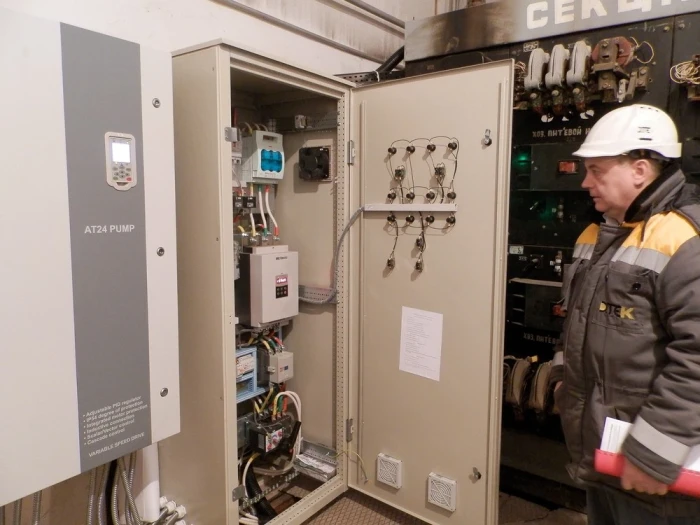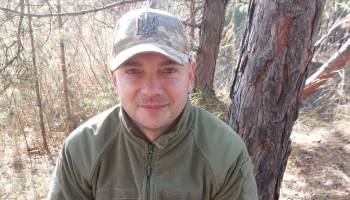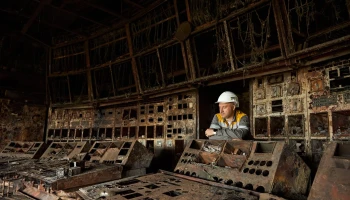Every day, the pumps of the water filtration unit at DTEK Ladyzhynska TPP pump 17,000 m3 of water to ensure uninterrupted supply to consumers of Ladyzhyn. Before the retrofitting this had been being carried out under constant capacity and manual control. But after DTEK ESCO energy service company has funded the energy-efficient project and had a modern 100 kW frequency converter installed on the pumps, the equipment has been operating more efficiently.
“The pumps operation requires no personnel attention now. Thanks to sensors, the automation promptly responds to system pressure variations. The frequency converter increases or reduces the pumps operation power, thus controlling the water pressure in the town’s pipelines. The result is especially apparent in peak hours. Before that, dwellers of upper storeys of multi-apartment buildings could experience water pressure drops, but now the automation is smoothing all fluctuations,” explained Oleksandr Bobryk, Director of DTEK Ladyzhynska TPP.
The technical and economic support for the project of such importance for the town was provided by Ladyzhynska TPP specialists. The developers deem such innovations crucial as they have improved the service quality while doubling the savings.
“The frequency converter reduces power consumption by the pumps by 42%. This means 330,000 kWh, or 600,000 hryvnias, of savings per year. Due to smooth control of pumps operation, the new equipment prevents hydraulic shocks in the water supply system, thus cutting risks of bursts in pipelines. The automation also extends the service life of pumps by 15 years and improves their reliability. It would be great to bring projects like this one to other town’s facilities and enterprises,” said Yevhen Bushma, Director of DTEK ESCO.
The project on retrofitting of the pumps at DTEK Ladyzhynska TPP has been implemented on the 5-year energy service contract terms. That means that DTEK Ladyzhynska TPP will be refunding a part of money saved to the equipment owner, DTEK ESCO, until the full contract cost is paid. After that, the power plant keeps all the savings and the equipment.






